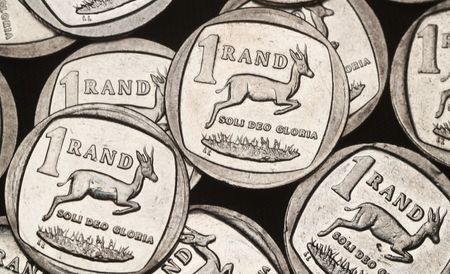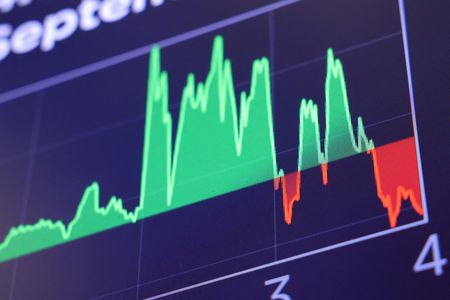JOHANNESBURG (Reuters) -The South African rand firmed in afternoon trade on Monday, but its recent resilience in the face of hawkish signals from global central banks could be tested by warnings that Russia could invade Ukraine at any time.
At 1500 GMT, the rand traded at 15.1300 against the dollar, around 0.6% firmer than its close on Friday.
Analysts at ETM Analytics said the rand had been supported of late by South Africa’s strong terms of trade, relatively high real yields and fresh reform pledges by President Cyril Ramaphosa.
But the standoff over Ukraine has the potential to rock global markets.
The United States on Sunday said Russia might create a surprise pretext for an attack on Ukraine. However, Moscow denies any such plans and has accused the West of “hysteria”.
Local focus this week was on January consumer inflation numbers and December retail sales on Wednesday.
Both releases will provide further clues about price pressures and the health of Africa’s most industrialised economy, as markets try to predict whether the South African Reserve Bank will raise its main lending rate for the third consecutive time at its next monetary policy meeting in March.
The government’s benchmark 2030 bond weakened, with the yield rising 2.5 basis points at 9.22%.
Shares on the Johannesburg Stock Exchange (JSE) fell as investors pulled out of the markets on fears of an imminent interest rate hike and the threat of Russian invasion on Ukraine which sent oil prices soaring on Monday.
However, a comment from a top Russian official to use diplomacy with the West eased concerns that there will be an invasion any time soon. This brought some cheer back in to the market.
The benchmark all-share index ended down 0.81% to 75,765 points and the blue-chip index of top 40 companies closed down 0.79% to 69,131 points.
As crude oil hit its seven year peak, commodity companies soared on the JSE with the country’s biggest crude oil fuel product supplier Sasol Ltd ending up 4% while major gold companies such as Gold Fields Ltd, Harmony Gold and others were up between 6% and 10%, as investors hunted for safe haven investments on the stock market.
(Reporting by Alexander Winning, Olivia Kumwenda-Mtambo and Promit Mukherjee; Editing by Alison Williams)











